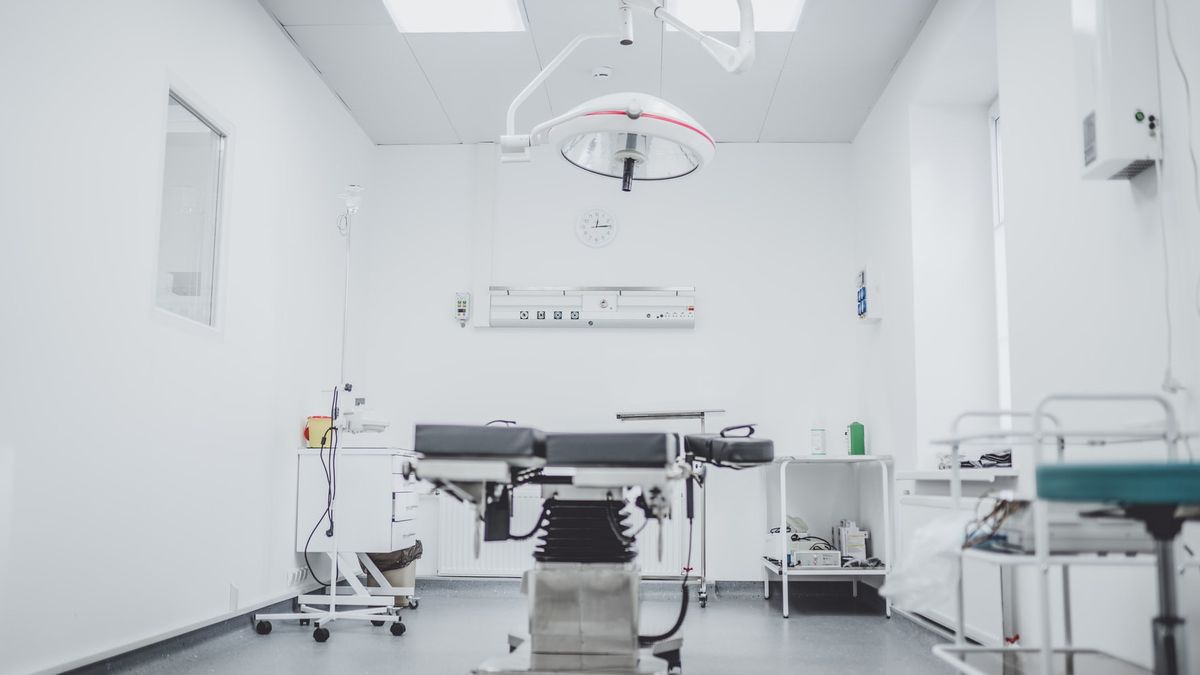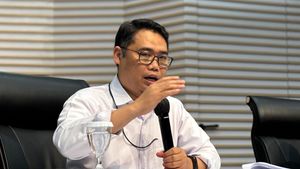BANDA AEH - The Ministry of Health (Kemenkes) will distribute Ultrasonography (USG) equipment to all health centers in Indonesia in an effort to prevent maternal and infant deaths in the womb.
"This ultrasound tool will detect how the baby's development is in the puskesmas carried out by general practitioners throughout Indonesia," Deputy Health Minister Dante Saksono Harbuwono said in Banda Aceh, quoted by Antara, Thursday, March 24.
The statement was made while filling a public lecture at the 31st Indonesian Doctors Association (IDI) congress and the 22nd Indonesian Doctor's Wives Association (IIDI) in Banda Aceh City.
The distribution of USG to all puskesmas is one of the programs in Indonesia's health transformation plan on the primary service pillar to prevent maternal and child mortality. The transformation of primary care also focuses on early detection of stunting and wasting.
Dante said the government continues to take various ways to reduce stunting, improve maternal and child health, and improve antenatal care. One of them is through the distribution of USG to puskesmas.
Later, said Dante, every puskesmas will have an ultrasound. The government will also provide training to general practitioners at puskesmas so that they can use ultrasound equipment properly.
"And can detect fetal growth services, delivery services so that maternal mortality becomes smaller," he said.
So far, according to him, the majority of maternal deaths have occurred in hospitals. This happened because the referral for delivery was late so it needed first treatment from the puskesmas.
"By knowing the earlier gestational age at the puskesmas, the referral to the hospital will be better," said Dante.
The Ministry of Health's commitment to transforming health is contained in six pillars, namely primary services in the form of handling immunizations, health screening, stunting, as well as Maternal and Child Health (KIA) and Family Planning (KB).
Next is the referral service pillar, namely the handling of nine priority diseases with the highest mortality, then the health resilience pillar, namely the research and industrialization of drugs and medical devices in the country.
Furthermore, the health financing pillar focuses on financing based on basic health needs, the health human resources (HR) pillar, namely the production and distribution of a shortage of 172 thousand doctors, and the health technology pillar in the form of the application of digital technology and biotechnology.
The English, Chinese, Japanese, Arabic, and French versions are automatically generated by the AI. So there may still be inaccuracies in translating, please always see Indonesian as our main language. (system supported by DigitalSiber.id)













